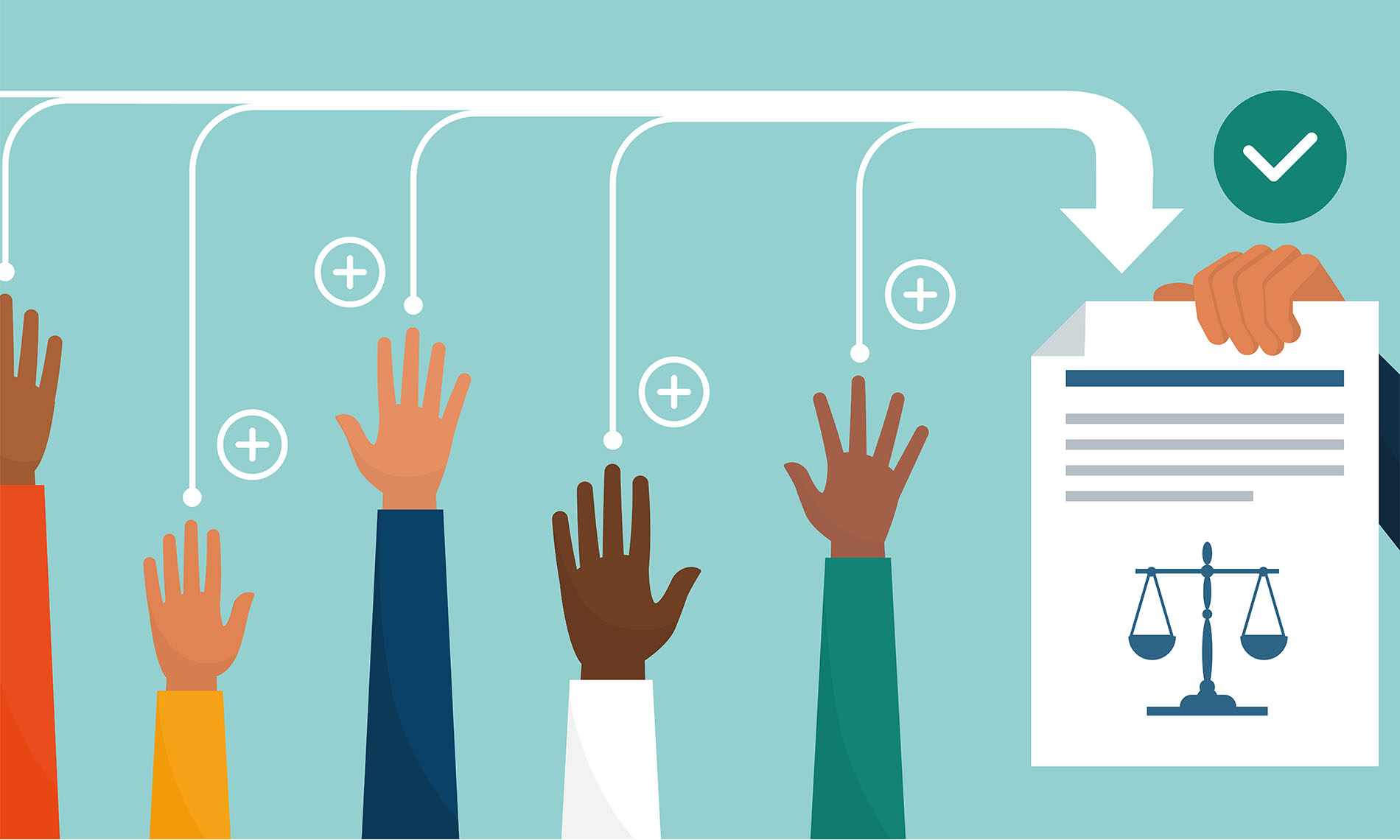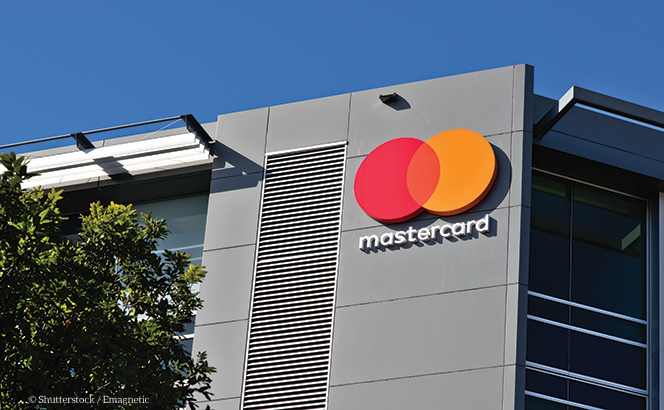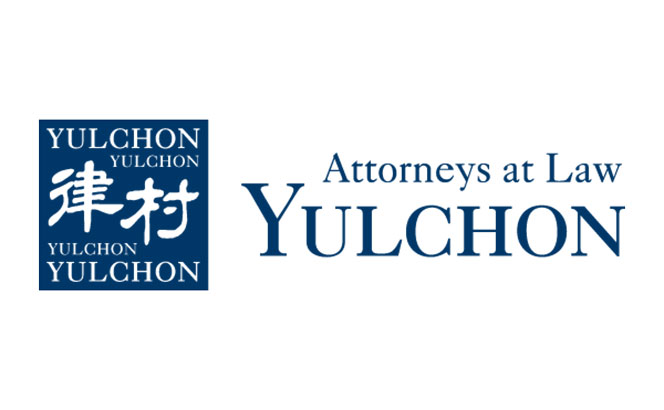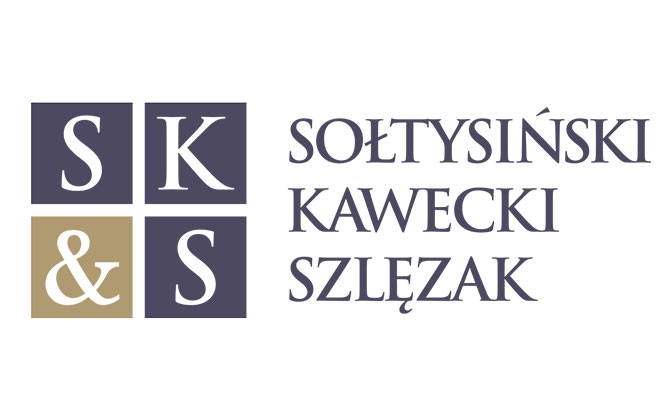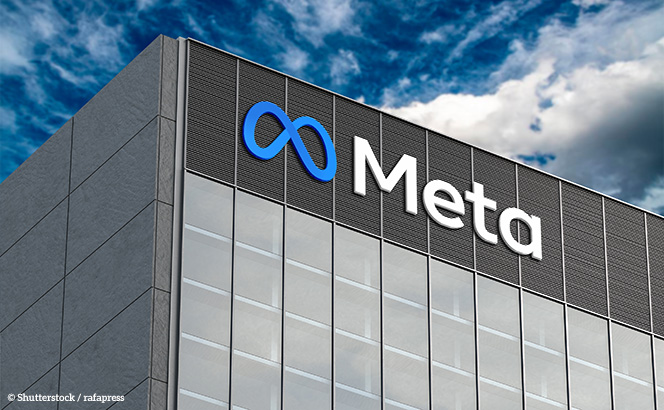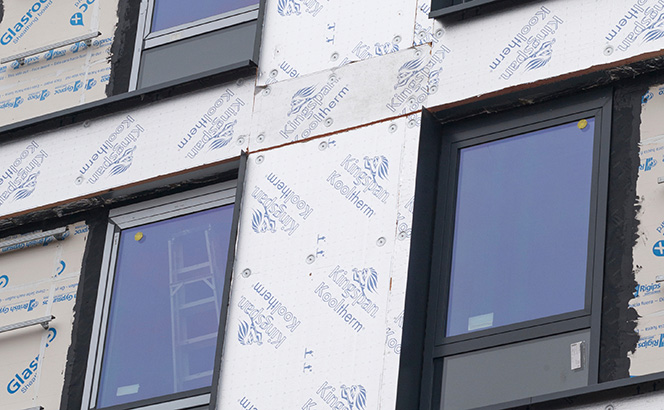
Building contractor Shepherd Construction is bringing a claim valued at almost £70m against 12 defendants, including building materials company Kingspan in the first dispute to consider the new cause of action against cladding manufacturers introduced in the Building Safety Act 2022.
The dispute concerns four cladding systems used on a mixed-use development in Colindale, London. Shepherd alleges numerous defects including that cladding and insulation products provided were non-compliant with building regulations.


